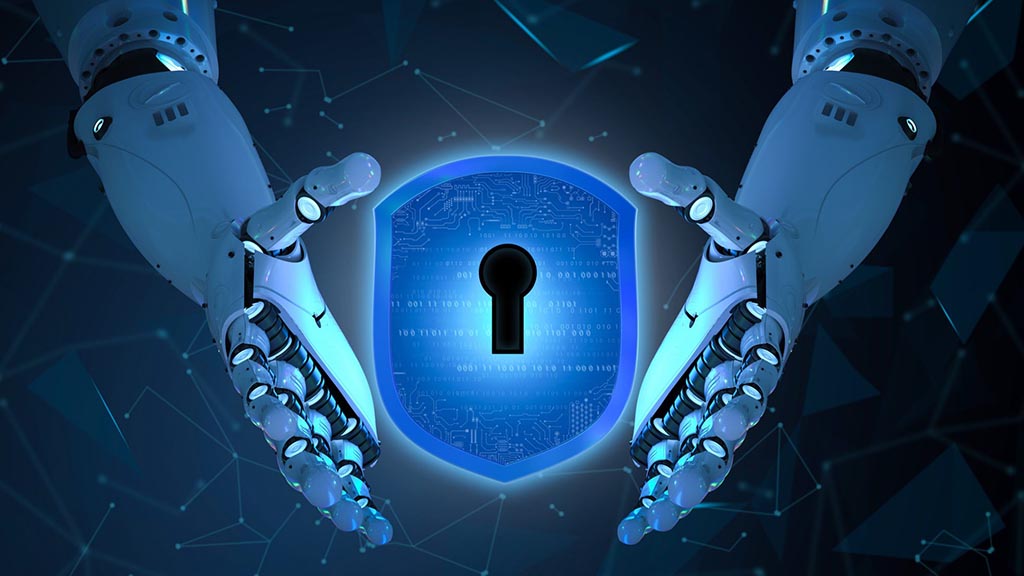Here is a brief description of the four trends and queries that, in Global Chief Insights opinion, will define Identity and Security Trends
The New CISO Leadership Mandate is the first trend:
CISOs now frequently participate in C-level business talks as board members. However, a CISO’s technical training may act as a communication barrier in this setting. Disconnects that disrupt the vital flow of resources and knowledge occur, which is not surprising. CISOs need to adapt their communication style to close gaps, boost performance, and even reduce professional responsibility if they want to have the most impact. The C-Suite and Board Members prefer to see an emphasis on the business results of cybersecurity rather than presenting issues in terms of cybersecurity. We demonstrate the shift for you.
Rapid Adoption of Cyber Insurance is the second trend.
Organizations may sustain severe harm if cyberattacks become more frequent and sophisticated. As a means of mitigating this risk, cyber insurance is gaining popularity. However, risky businesses are observing difficulties with insurance, such as price, availability, and stricter security requirements from insurers to policyholders. What impact does this have on how businesses approach identity and security? Can the rising cost of cyber insurance premiums be countered by a strong IAM programmed?











